America has invested more than $22 trillion dollars over the last 60 years to help those in need across the country — that’s right, not billion. Trillion.
So why isn’t it working?
Despite the best efforts of many nonprofit organizations, issues like homelessness, poverty, and addiction remain largely stagnant. Todd Rose, a Stand Together board member and researcher studying the science of individuality, believes this is because the nonprofit sector is looking in the wrong place for answers. By changing the focus from measuring programmatic outputs to whether or not those services are contributing to positive outcomes in their lives, nonprofits can empower customers at an individual level to transform their lives.
“After decades of trying, maybe it’s not the problem that’s intractable,” said Rose. “Maybe it’s that our approach simply never was going to allow us to solve this problem.”
The traditional nonprofit approach tracks statistics and outputs. A new approach, customer-first measurement, focuses instead on tangible outcomes
Most nonprofit organizations measure “success” through outputs, rather than outcomes: money spent, beds used, meals served, coats donated, and programs completed. However, this approach monitors activities instead of needs and results. It positions the program as the primary unit of success — this mindset can forget the very real individuals these programs aim to serve. Rose and the Stand Together Foundation are trying to flip the script with a revolutionary approach: treating nonprofit beneficiaries as customers, just as for-profit businesses do. They refer to this as Customer First Measurement.
Customer First Measurement starts on the ground with the beneficiaries served. Doing so, Rose believes, has the potential to transform the work these organizations do and reorient services and outcomes to more realistically recognize the needs and circumstances of their beneficiaries.
“The entire nonprofit ecosystem, from nonprofit providers to donors, has become obsessed with defining their success based on measuring output and services they determine are important,” said Rose. “Our biggest blind spot in the nonprofit space is trusting that customers that we’re serving actually understand their lives and life circumstances better than we do.”
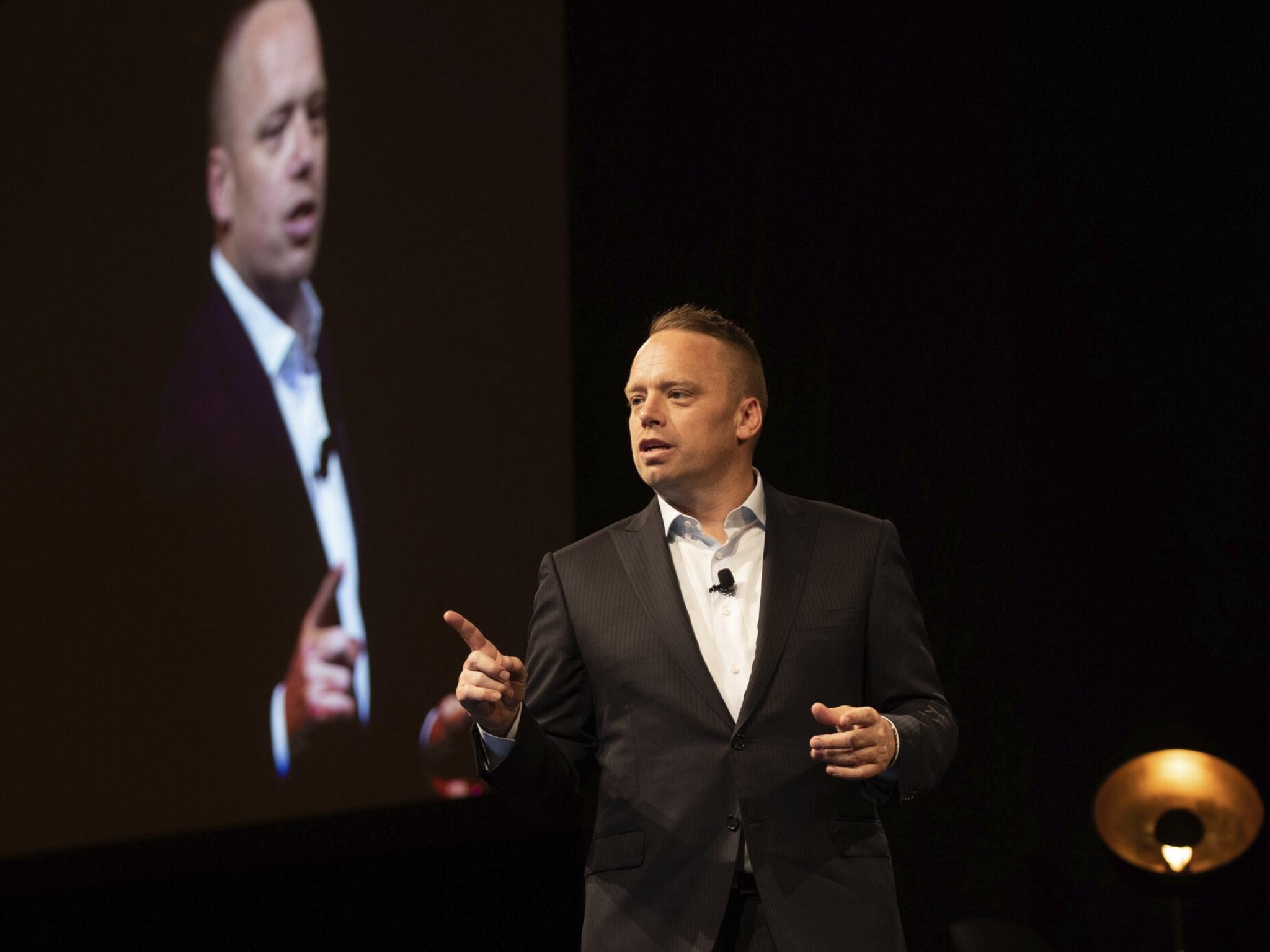
Our biggest blind spot in the nonprofit space is actually trusting that customers we’re serving understand their lives and life circumstances better than we do.”
Todd Rose
Former Harvard professor, bestselling author, and founder of Populace think tank
Defining and measuring “success” in the social sector can be an elusive indicator. What is actually making a difference in the lives of the people being served? And what is just returning good statistics?
According to a nationwide survey of over 3,000 nonprofits, only 2% met the top tier of evidence standards.
“The problem when you measure the wrong thing is that nonprofits end up showing metrics because they have to keep the lights on,” Rose explained. Dollars collected, food donated, and the number of people provided with shelter can all be inspiring statistics to keep donors invested, but they don’t necessarily translate to real change in the lives of people they are intended to benefit.
“These aren’t bad things at all,” said Rose. “But what does all this spending have in common? It’s directed towards activities that will obtain the desired outcome nonprofits and their donors believe are important.”
What it doesn’t do is build in space for feedback from those at the center of nonprofit services: the customers themselves. Rose says the alternative measurement is quite simple: effectiveness should be gauged using customer feedback.
Doing so doesn’t just mean more program efficiency — it can lead to insights that would alter nonprofit solutions so they respect the autonomy and individuality of each person seeking services.
“My background is in the science of individuality, where we have learned that whether we’re talking about cells or cancer or human beings and their learning and development, there’s literally no such thing as an average person,” Rose said. “Period. In the social sector, it’s the exact same. There’s no such thing as an average person in need. So when we come in with an average-based solution, it is doomed to fail because it ignores human individuality and the distinctiveness of communities.”
So how does this translate to how nonprofits measure success?
“In life, you measure what you think matters,” Rose explained. “Think about any for-profit space. If you’re a startup, you literally obsess about your customer to understand their needs, their aspirations, and how your solutions fit into that.”
Customer First Measurement is no different. The only innovation, Rose said, is applying it to the social sector: “Start by trying to understand the person in need as an actual customer.”
For example, based on their unique circumstances, a customer may have different needs for transportation, workplace support, or housing, and the offered solution needs to suit them accordingly. In addition to these considerations, Rose said organizations should be consistently gauging the impact of their services through surveys that ask questions like, “On a scale of 0-10, how have these services led to a transformation in your life?”
This could mean a crucial paradigm shift. Currently, the social sector treats people in poverty as problems to be solved rather than individuals who understand their own needs and have a desire to move forward.
“What these nonprofits will learn is crucial,” Rose said. “When you listen to your customer — really listen — you can shape your offerings to deliver the right solutions, to the right people, in the right way.”
Sign up for the Strong & Safe Communities newsletter for stories, ideas, and advice from changemakers working with their neighbors to address the biggest problems we face.
Customer First Measurement is currently being tested where the stakes are the highest: at the United Way of Salt Lake City’s 211, a nationwide service that directs customers to nonprofits that can address their needs.
These centers nationally direct over 18M calls and 2.4M texts, web chats, and email requests a year. They point callers to local nonprofit organizations that are best positioned to address their needs, whether that’s a place to sleep that night or medical attention.
The system is the largest social sector referral source in America — but it has a significant blind spot.
“When we saw the data from our first pilot, I think everyone on our team was shocked,” said Bill Crim, president and CEO of United Way of Salt Lake. “About 75% of the time, people do not get the help that they’re seeking. That’s a huge problem.”
The 211 system kept track of how many customers they served, but their measurements stopped there. They didn’t have a way of knowing if their customers were actually getting the help and support they needed once they were referred to local nonprofits.
“We weren’t really understanding, what is the experience of people after they leave that interaction with the specialist?” said Sandra Carpio, managing director of United Way of Salt Lake.
The answers varied. Some customers found the support they were seeking. Others didn’t. “What we’ve learned from our pilot efforts around this is that the system is so fragmented that it’s incredibly hard for people to navigate,” said Crim.
“We don’t know best,” Carpio said. “If we start making decisions without including that voice, we’re going to get it wrong.”
Recognizing they could do better, the United Way of Salt Lake partnered with Stand Together Foundation. They implemented Stand Together Foundation’s technology platform that allows the 211 to immediately follow up with customers over text. Keeping in contact with visitors and surveying them allowed 211 to gauge which nonprofit referrals were effective and which services were ultimately unable to help.
Now United Way of Salt Lake 211 has a robust dataset that allows them to confidently refer customers to nonprofits that are actively ready to assist. “Assist” doesn’t just mean addressing an immediate need. The system rates nonprofits based on customers’ reports of satisfaction with the service provided. This ensures that 211 can direct referrals to the organizations customers find most effective and share feedback to help nonprofits improve their services.
“Just by following up with them, asking the question, we more than double the percentage of times that people get the help they’re seeking,” Crim said. “The partnership with Stand Together Foundation gives me confidence to continue on the path we’re on, of following up with every single person. Having the data is power.”
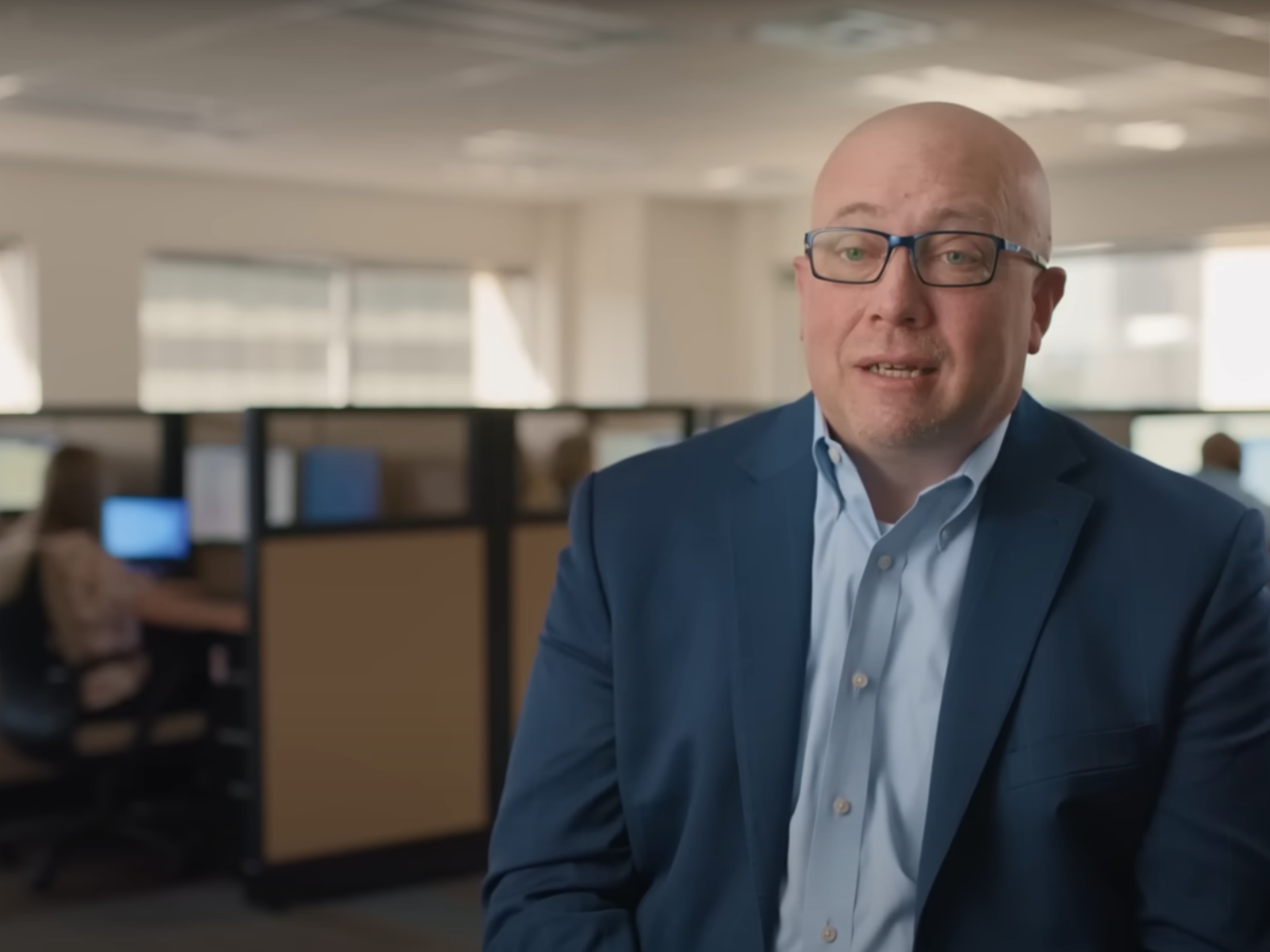
Just by following up with [people], asking the question, we more than double the percentage of times that people get the help they’re seeking.”
Bill Crim
President & CEO, United Way of Salt Lake
The right measurements can accelerate impact nationwide
This customer satisfaction system is currently being implemented in over 300 nonprofits across the country. It has the potential to shift the social sector towards empowering individuals and delivering better results.
“I think one of the most important aspects of Customer First Measurement is how it leaves people in need feeling about themselves,” Rose said. “Dignity matters, and nothing says ‘I respect you,’ like ‘I am actually listening to you,’ [than] the second we realize these people in need are customers, and they deserve the same respect, the same attention, and the same obsession to solving the problem that we do in the for-profit space.”
Treating nonprofit beneficiaries as for-profit customers may at first seem unconventional, but Rose’s work has shown its transformational power. Customer First Measurement is centered around recognizing the individualism and dignity of each person seeking help — and that’s ultimately the key to tackling poverty at large.
As Rose said, “When that happens, we will start measuring the right things, and when we are measuring the right things, we now have a chance to actually solve the problems that have eluded us for decades.”
Stand Together Foundation partners with the nation’s most transformative nonprofits to break the cycle of poverty.
Learn more about Stand Together’s efforts to build strong and safe communities, and explore ways you can partner with us.
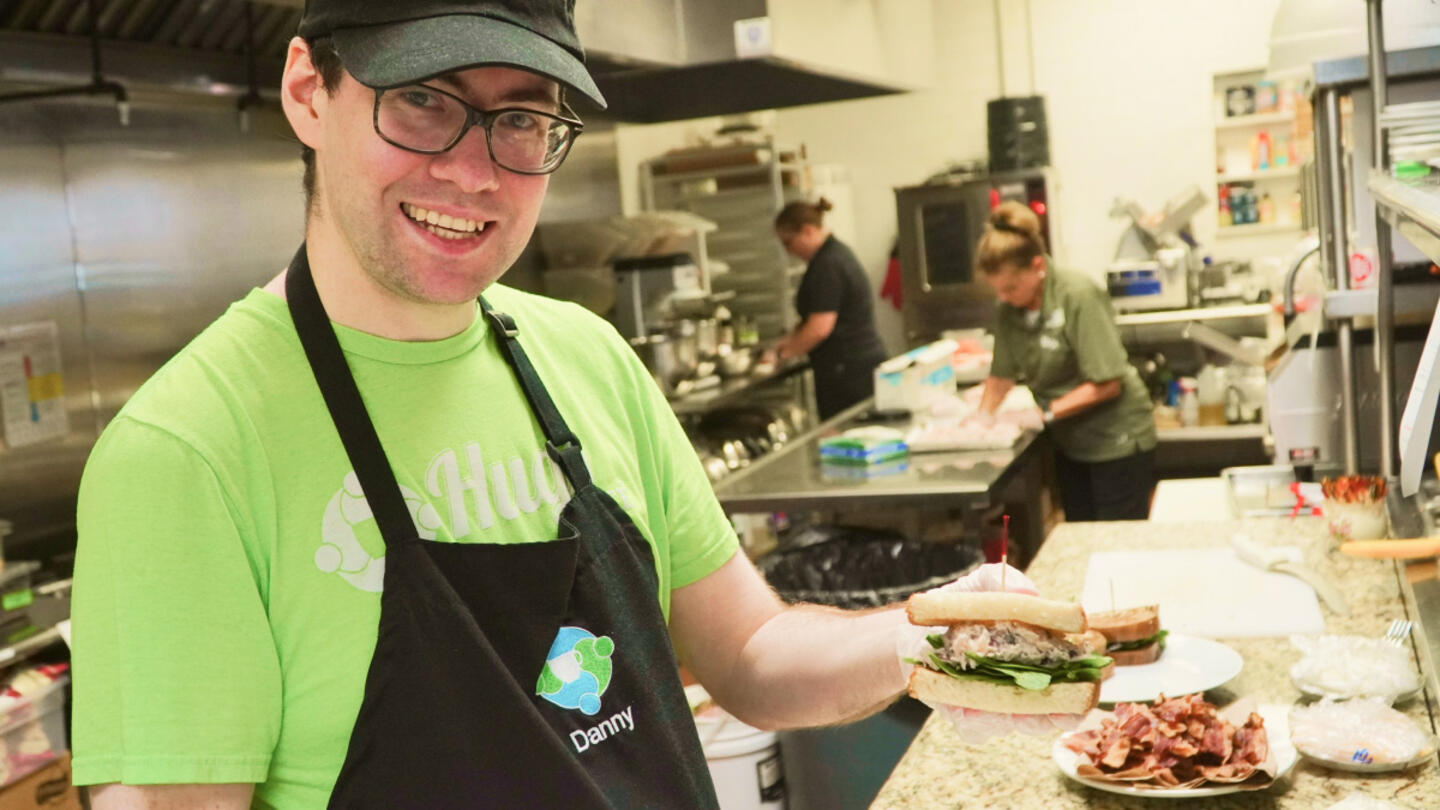
People with disabilities want meaningful work — and Hugs Cafe is making it happen.
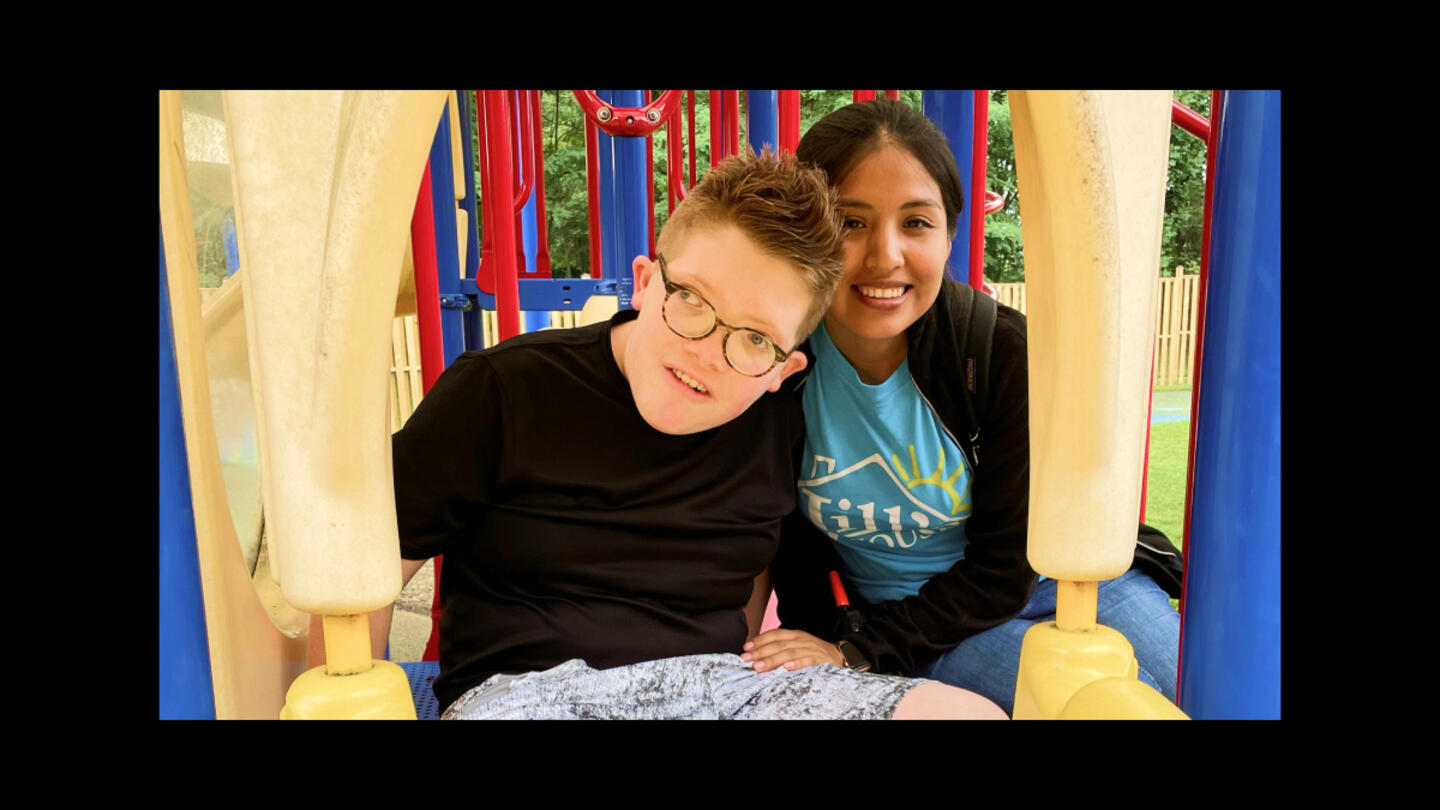
At this ‘resort,’ children with intellectual disabilities are seen as gifts to be celebrated and loved.
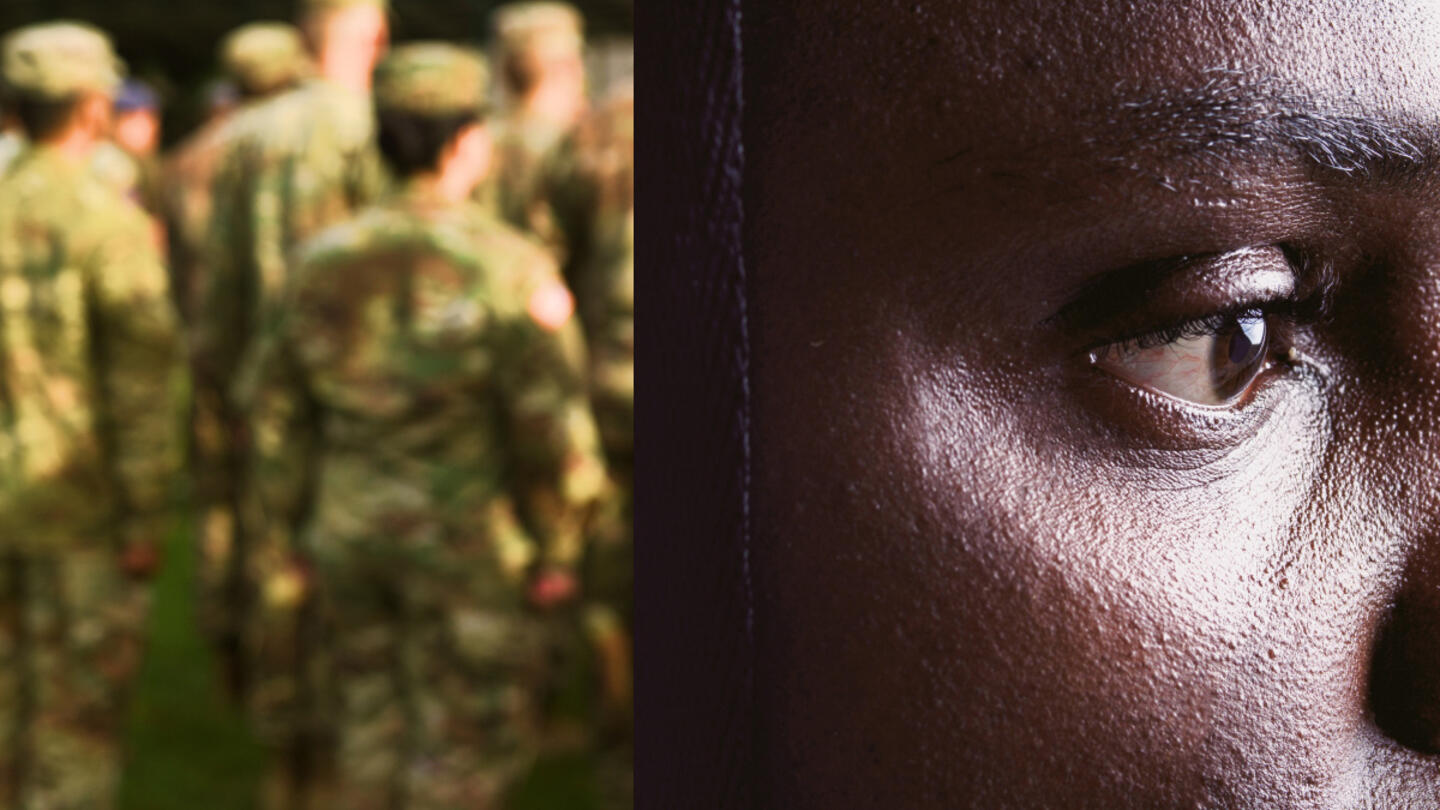
Veterans experience loss when leaving service. Could this be key to understanding their mental health?

The Grammy-nominated artist is highlighting the stories we don’t get to hear every day.
